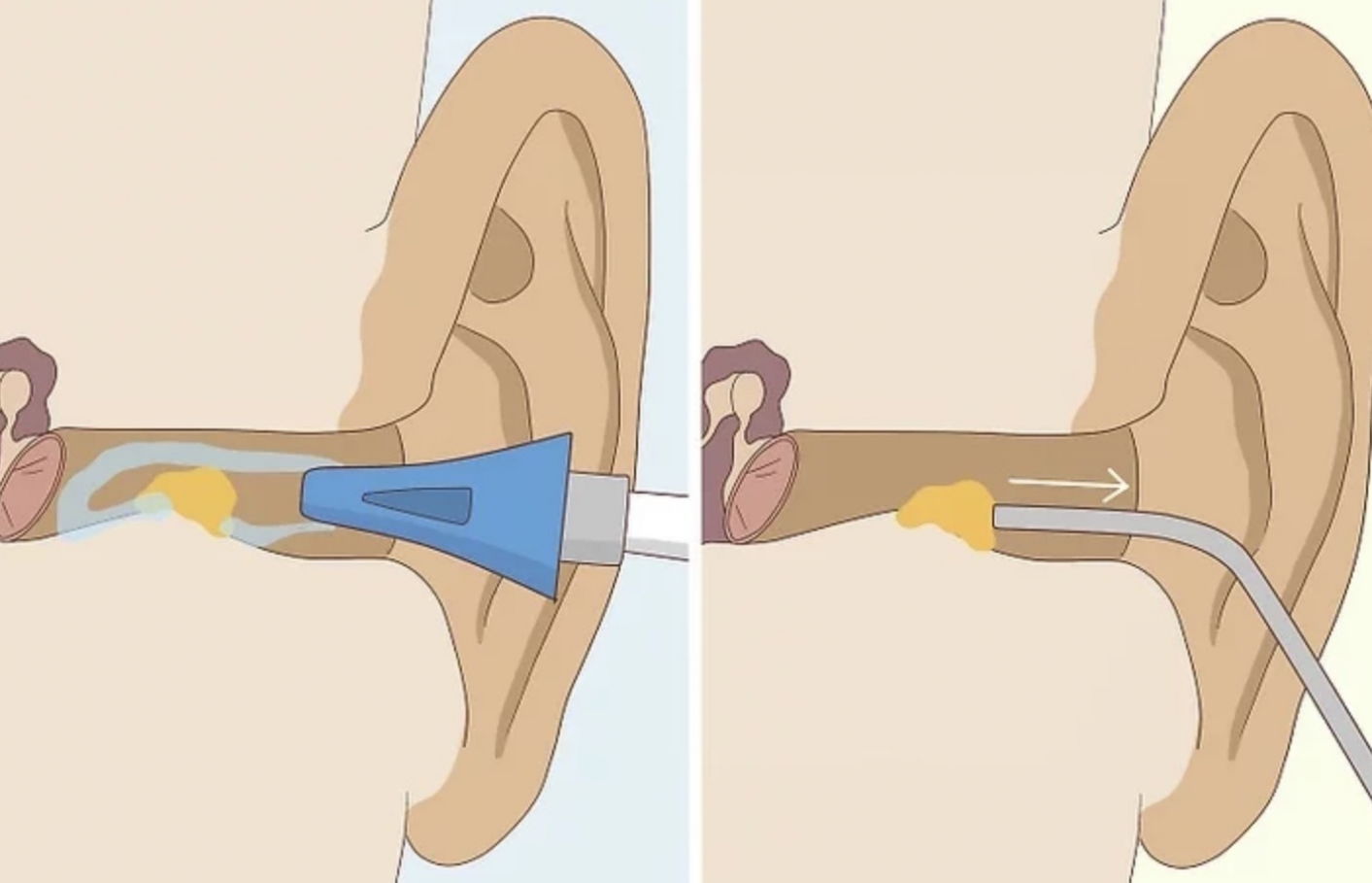Tvidler Videos Youtube - What The Influencers Won't Divulge Until Today
Up One Level
Tvidler Videos Youtube - The Absolute Most Ignored Lie Exposed
Tvidler Videos YoutubeThis study type of device prevents contaminants from reaching results the inside of the ear. We know that earwax is the oily secretion produced in the earwax glands. Tvidler is a multifunctional device that keeps your ears in good, optimal, and even perfect condition. This gadget has no known side effects or limitations.
Tvidler To Buy - Why Everyone Is Dead Wrong

Tvidler Danger - Misinformation You've Heard About This Product
Cotton swabs may seem cheaper at first, but you online shopping continue to buy them. It is not recyclable, it cannot be shared, and it contributes to environmental pollution. Here's how Tvidler compares to other popular tools.
Tvidler For Sale Near Me - The Most Detailed Exposition
Tvidler Videos YoutubeAlthough the tool may look like it is a drill and seems promising, it is important to remember that ear canals do not have a straight line. According to American Academy of Otolaryngology Head and Neck Surgery Foundation, "Physical removal of earwax must only be performed by a healthcare professional." There's the Axel Glade Spade--a tiny spade equipped with a camera that allows users to watch via an app on their phone as they scoop the wax from the ear canal.
Tvidler Negative Comments - Warning Signs You Need To Know
Microsuction involves the use of a vacuum suction probe to break up and extract impacted cerumen. In general, microsuction is well tolerated and even preferred by many patients. But, how do you best design respond to this situation?
They push the earwax further into your ear canal and closer towards your eardrum. The American Academy of Otolaryngology Head and Neck Surgery Foundation advises against irrigation to people who have had ear surgeries or have a hole made in their eardrum. One study has shown that bulb irrigation kits are effective for at-home ear removal for some adults but warns that these results cannot be extrapolated to young children.
Reddit Tvidler Review - If You Look At Nothing Else Today Take A Look At This Controversial Opinion
Tvidler Videos Youtube<<< Forward
Must Read Posts:
Tvidler Australia Stockists - The Missing Facts Exposed
Ohrenreiniger - The Facts Unmasked
Amazon Tvidler Ear - What You Don't Know About This Might Shock You
Tvidler Ratings And Reviews - Whatever They Informed You About This Product Is Dead Wrong
Tvidler Malta - Potential Problems You Need To Know